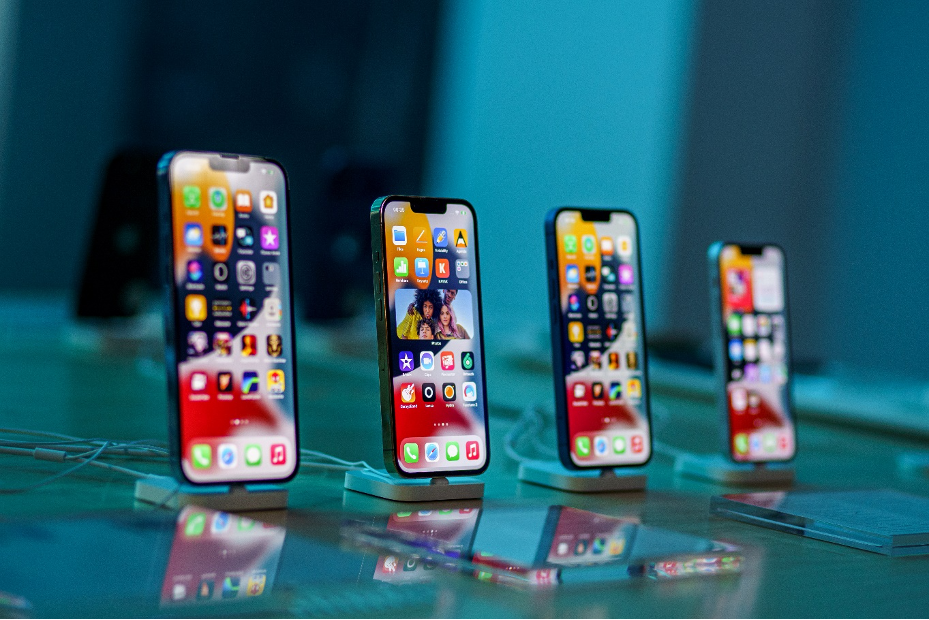In September 2021, Apple released the long-anticipated iPhone 13 range. The phones come with a new look – boasting different sizes, colours, diagonally-aligned rear cameras, as well as what Apple says is a 20% smaller notch in the front. The phones will also help the world move towards 5G networks.
But what does this release of a new iPhone model mean for the value of the company’s shares?
Back in January 2021, Apple was deemed the world’s most valuable company, and with a single unit costing $150.44 at the time of writing, it’s no wonder that so many people want to invest.
The effect of the release on shares
Apple shares have skyrocketed since the release of the first iPhone. In fact, if you invested just $100 in Apple in 2002, this would’ve secured you four shares. But by the middle of October 2019, this would have grown to more than 130 times the original investment.
However, over the last 10 years, Apple shares have declined in the week after each release of an iPhone by an average 0.9%, based on prior releases. The only exceptions to this are the iPhone 5S in 2013 and the iPhone XS in 2018, which saw share prices rise by 3% and 2.2% respectively, in the five trading days after release.
In September 2012, Apple’s stock price reached it’s all time high. Shares were worth $702.10. The lowest Apple shares have ever traded for was in June 1982, for just $0.23 per share.
Nowadays, the new iPhone 13 has promised a substantial upgrade, continuing access to 5G, a faster A15 chip, new colours and camera improvements. This saw global pre-orders at a promising 20% more than last year’s iPhone 12 release.
The global semiconductor shortage
Following the release of the iPhone 13, the value of shares in Apple have dropped once more due to fears about production.
The global semiconductor shortage has affected many companies, and the production of anything from cars, to computers and gaming consoles. This means that the original 90 million iPhones, Apple were planning to make in the last quarter of 2021, will now be much lower.
In fact, they have been forced to tell partners that they will be making 10 million fewer devices than was originally planned — although this is likely to be temporary.
Apple are also predicted to be more than five million iPhone 13 units down for the holiday season, and missing the Christmas rush is sure to see the company suffering some more unfortunate losses.
However, loyal customers are always actively looking to upgrade their devices, so they can have access to new 5G networks. Plus, when semiconductor chips become more readily available, production will resume as expected, to cater for the high demand – just slightly later than anticipated.
Therefore, purchasing shares in Apple can still be seen as a great long-term investment – with billions of loyal customers, and plenty of funding for any future plans the company has beyond the iPhone and its many accessories.
How to trade Apple stocks
If you’re considering investing in Apple stocks, then you can learn how to trade stocks online by following a few easy steps.
Firstly, it’s important to understand the different types of trading, and figure out what works best for you. A contract for difference (CFD), for example, is a financial derivative, which allows you to speculate on the prices of the stock market, without owning the underlying asset.
CFD trading gives you the flexibility to buy and sell contracts (known as a units) with the use of leverage, helping to make your capital go further. Leverage can give you greater exposure to the stock market, but will magnify any losses as well as profits.
Buying and selling CFDs is also quick and easy, so they can form part of your trading strategy, to hedge your losses when owning a share in the company in the traditional way.
You can also trade Apple stocks as CFDs, diversifying the way in which you can invest in the stock market.







